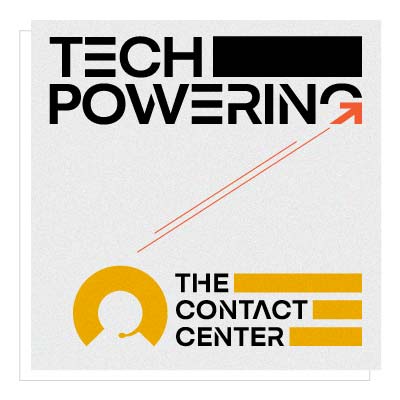The relevance of modern contact centers lies in streamlining communications, and ensuring callers don’t wind up in a queue for too long.
Long hold times over the call, angry customers, and exhausted agents – the call centers sitting at this trijunction lose the shine and directly negatively impact the customer experience. To reverse this scenario, automatic call distribution (ACD) can be a helping hand.
sitting at this trijunction lose the shine and directly negatively impact the customer experience. To reverse this scenario, automatic call distribution (ACD) can be a helping hand.
ACD is a telephony system that automatically answers incoming calls and routes them to a specific agent or department within a company. Say, for example, a call regarding pricing will be routed to the sales department of a specific company. The routing is chosen depending on a number of variables, including the time of day, call volume, location of the phone number, required skills to respond to the query, etc.
How does the system work?
The call distribution process with the help of ACD can be summarized in three simple steps:
- Caller information and identification: As the initial step, the task is to identify the purpose of a particular customer with the help of Interactive Voice Response (IVR). The Caller ID systems determine other factors, including location and language. On this basis, the ACD can direct the caller to an agent who is best suited to address their concern.
- Call queueing: Now, it comes to sorting callers into a waiting list and determining the order of the queue based on several factors, such as waiting time, query, status, and others.
- Call routing: Call routing is the final step. Depending on the distribution strategy one chooses, the ACD will route the calls accordingly.
What’s the USP?
The objective of the ACD is to assist incoming contact centers in sorting and managing heavy call volumes without overburdening the team. It will not be an exaggeration to term this as the backbone of a call center that streamlines the entire communication system. This comes along with many added advantages:
Addresses high attrition rate: The attrition rate for call center agents is over 40% compared to the 22% average across all industries in the US. One of the primary reasons relates to work-related stress, as validated by a study from Cornell University which states that 87% of call center workers report high or very high-stress levels at work. As a result, agents are more likely to leave their jobs.
Constantly replacing this workforce is both tedious and expensive, but the real problem is bigger — if employees are unhappy with the work, there are low chances of good interaction with customers.
Enhances CX: The system works with computer telephony integration (CTI) systems and interactive voice response (IVR) systems to route customers’ calls to capable agents at the earliest, resulting in higher satisfaction. According to research, 66% of customers believe respecting their time is crucial to providing a positive customer experience.
Ensure rewards to customers’ loyalty: When using ACD, VIP callers can be routed right away to the best agent, or if none are available, they can be put at the head of the waiting list. Then, based on predetermined information, tags allocated to the callers, information from integrated databases, or data from business tools, the callers are classified as VIPs.
24/7 customer service: With ACD and IVR systems working in collaboration, it’s possible to engage with customers round the clock without hiring extra call center agents. The IVR accepts and records consumer calls when a live representative cannot answer them. Customers are notified of the projected callback time and scheduled for a call as soon as an agent is available using the automatic callback feature.
Advanced monitoring with statistics: With several parameters such as average talk time, an average speed of answer, and average handle time, it is easy to gain a clear image of exactly where one’s phone support stands at any given moment. This trove of information helps identify the strong and weak points in one’s customer service provision. This will adjust staffing during low and peak call times, hire people as necessary, provide better training to new team members and veterans, and ultimately save valuable time and resources.
Conclusion
An Oracle study found that 89% of clients who have a bad customer experience choose a competitor brand. The moral of the story is that top-notch customer service forms the backbone of business growth and development. Hence, with the incorporation of technologies like ACD, agents at the contact center will have a structured work environment. Instead of dealing with technological difficulties, they may concentrate on offering services to fulfill an organization’s ultimate goal: customer engagement and satisfaction.
If you liked reading this, you might like our other stories
How JetBlue Uses Data To Reach New Heights
The Impact Of Speech Tech On CX




